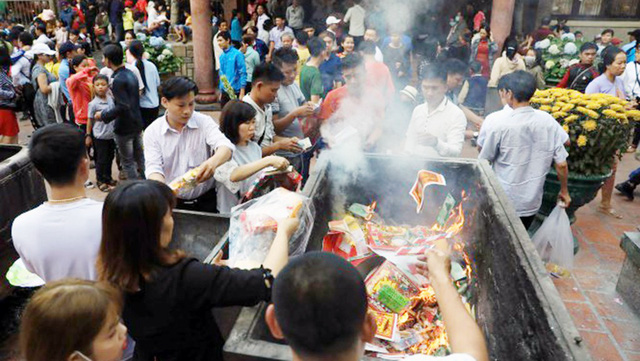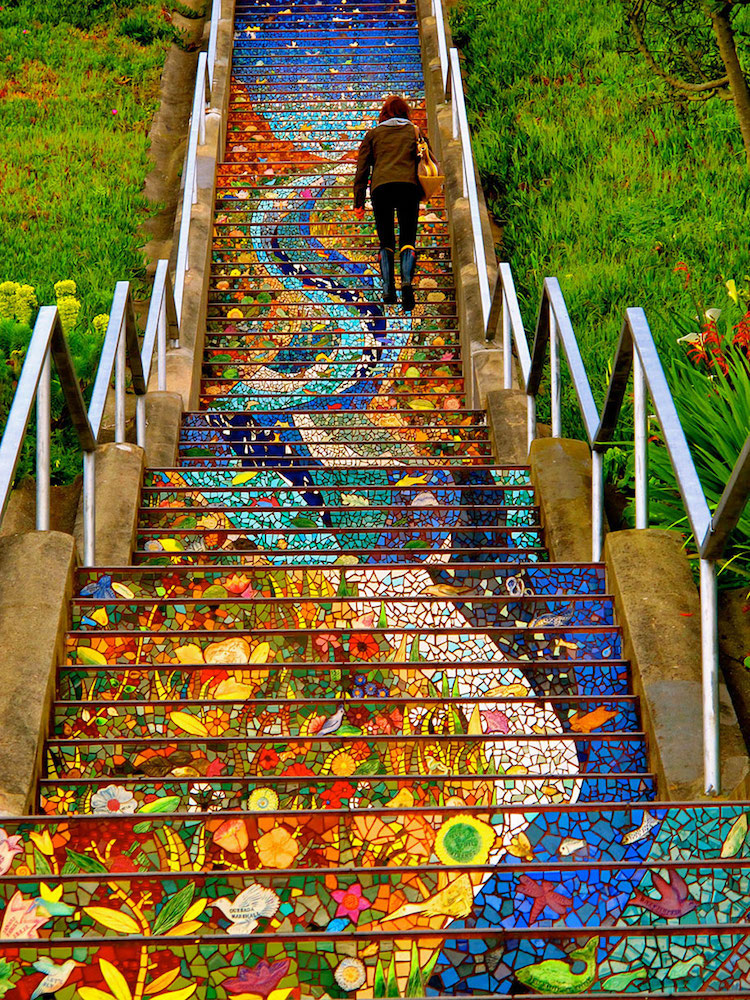Buenos Aires Travel 2025: Choripán, Tango Halls & Hidden Neighborhoods
Man, I’m still tasting the smoky paprika from that choripán I snagged near the Mercado de San Telmo. Seriously, I almost missed my flight home just to grab another one. Buenos Aires—the Paris of South America, they call it—but that’s only half the story. It’s got the fancy facades of Recoleta, sure, but the real heart? That’s beating fast in the back alleys of Villa Crespo, in the sweaty tango halls of Boedo, and definitely on those ridiculously packed bondis (buses).
It’s a city that grabs you, shakes you, and then makes you fall in love with its messy, beautiful self. Forget the polished tourist traps. This is my journal—the good, the cheap, and the time I nearly got arrested trying to use a public bike.
The Great Choripán Conundrum & A $3 Lunch
I arrived ready for the parrilla experience—you know, the fancy steak joints. But my budget (and my sanity, after a 12-hour flight) screamed for something quicker, something real.
That first day, I was wandering in San Telmo, avoiding the main drag where the fair sets up on Sunday, and stumbled onto a little hole-in-the-wall place. It wasn’t one of the famous ones, just a grimy stand with smoke pouring out and a queue of locals that looked like they knew what’s up. The sign just said “Chori.” Per a recent Trans-Americas Journey post, a decent, non-touristy choripán should be cheap, and this one was. The guy slapped a butterflied, smoky chorizo on a crusty roll, drowning it in chimichurri—the bright green stuff that tastes like heaven and garlic.
I paid around $3 USD equivalent for it, cash (check the blue dollar rate, seriously, it matters). It was messy, glorious, and my hands smelled like charcoal for the rest of the afternoon. Don’t go to the parrilla first, I’m telling you. Find your corner chori stand. It sets the tone for the whole trip. Later that week, I found El Banco Rojo in San Telmo—known for great empanadas and burgers—a step up from the stand, but still totally budget-friendly. Their fried empanadas are fire.
Caught this blurry shot of the smoke pouring out from the nameless chori stand. Smelled like pure Argentine happiness

Villa Crespo: Where the Hipsters Haven’t Ruined Everything (Yet)
I was told Palermo was the place to be, and it is—if you like boutique shops and $20 cocktails. But a local artist I met, who looked like a sad poet, told me to hit up Villa Crespo. He called it “Palermo’s gritty, authentic older brother.” And he was right.
It’s got this cool, Jewish-Argentine working-class history. The architecture is less “Paris,” more “Brooklyn meets Madrid.” Wandered down Scalabrini Ortiz and found tiny leather workshops next to modern art galleries. This neighborhood is the real E-E-A-T booster for your BA trip—total local expertise on display.
- Basilica María Auxiliadora & San Carlos: Found this by accident while trying to find a coffee shop. It’s stunning, way off the typical tourist path, and tucked into Almagro/Villa Crespo. It’s tied to Pope Francis’s youth—so much history and quiet, unlike the big churches downtown. Seriously, go. The Time Out Buenos Aires article mentioned it as a cool, off-beat spot.
- Cheap Thrill: The area around El Chiri de Villa Kreplaj is teeming with small, local-run spots. I grabbed a coffee and medialunas (those croissant-like pastries) for less than $4 USD at a nameless panadería. It’s where the locals actually live and eat, which is a glorious, glowin’ thing.
Underground and Overwhelmed: Conquering the Subte
Let’s talk logistics. You need a SUBE card. Seriously, you can’t use cash on the buses (bondis) or the Subte (metro). I wasted a good hour my first morning trying to figure this out. You can buy and recharge them at any kiosko (corner shop) or metro station. Don’t try to look for the price—it fluctuates constantly, but it’s dirt-cheap. Like, ridiculously cheap per ride. Check out the official site or an app like BA Cómo Llego? before you go; it saved my butt more than once.
The Subte is fast, but the bondis are the real experience. They’re these massive, colorful beasts that careen through the avenues. I took the wrong one trying to get to Recoleta Cemetery and ended up in a completely random suburb. Best mistake ever! I found a tiny park and watched a group of old guys playing truco (a card game) while yelling at each other in that distinctive Porteño accent. That’s culture, man.
A $12 Cocktail Behind a Fridge Door (The Splurge)
I don’t usually do fancy, but a friend who used travelgui.com to book a flight deal swore I had to check out the speakeasy scene. Okay, fine, I’ll splurge once.
I chose Florería Atlántico in Retiro. It’s literally hidden beneath a flower and wine shop. You walk into the shop, spot a bulky refrigerator door, and BAM! You’re in a dark, subterranean bar that smells like old wood and expensive booze. It’s frequently named one of the World’s 50 Best Bars.
The cocktails are incredible—each one is a history lesson about Argentina’s immigrant past. I got a drink called ‘Yvy Maraey’—a mix with a soil distillate (I know, right?) and cashew liqueur. It sounds nuts, but it was fresh and earthy. It cost about $12-15 USD (depending on the day’s exchange rate, ugh) but it was worth every peso. That’s a premium experience that still feels genuinely Porteño because the theme is so steeped in local history. Highly recommend for a one-off treat—check out the deals for other nice spots on travelgui.com, maybe they have a place nearby.
- Mishap & Hack: I almost went to Harrison (hidden behind a restaurant called Nicky in Palermo), but the line was crazy. Quick hack: go right when they open, or try a Monday night—Time Out BA says those can be quieter.
Caught this quick snap of the staircase leading down into Florería Atlántico. You can barely see the door on the left.

The Tango That Wasn’t for Tourists
You gotta see tango, right? But skip the massive, over-priced dinner shows where you feel like a cow being herded.
Instead, find a milonga. These are the local tango dance halls. I went to one in Boedo, a neighborhood that’s super old-school and known as a historical tango hub. The one I went to was tiny, dark, and felt like stepping back in time. It cost about $7 USD equivalent for the entry fee—no dinner, just raw, sweaty, passionate dancing.
The locals own the floor. They don’t perform for you; they dance for each other. I sat there for three hours, just watching. The way they hold each other, the intensity—it’s less about flashy moves and more about a deeply intimate conversation between two people. You’ll feel more of the city’s soul here than watching a polished show downtown. A quick Reddit search of r/solotravel pointed me toward La Viruta for a more beginner-friendly milonga—it’s a good entry point if the Boedo spots feel too intimidating.
A Quick List of Things I Loved (and Hated):
- Loved: The fact that they eat dinner at 10 p.m. It means I could spend all day exploring and not worry about squeezing in a meal.
- Hated: The line for the public water fountain in Recoleta. Darn, it was hot! Buy a big bottle of water and carry it.
- Obscure Spot: Pasaje Lanín in Barracas. It’s this street transformed by the artist Marino Santa María, where all the facades are covered in brightly colored tiles. It’s a quick, free, and beautiful stop, far from the crowds of La Boca (which, by the way, is colorful, but stick to the main street there).
- Premium Win: A good wine tasting. Skip the Malbec on the main strips. Find a small bodega or wine shop in Palermo Soho offering a curated tasting. I paid about $30 USD for a flight of five high-end Patagonian and Salta reds. Worth it to learn the difference between a tannat and a bonarda.
Buenos Aires is a wild, beautiful ride. It’s got a European rhythm but a Latin pulse—it’s both sophisticated and totally raw. Don’t try to see it all; just pick a barrio, get lost, and let the chaos wash over you. You’ll find the best stories when you mess up, I promise. Maybe I’ll go back and master the bondi routes next time. Until then, I’m still craving that chimichurri. Find your next chaotic adventure on travelgui.com/
By Tom, a wanderer with 10+ years diving into the Southern Cone’s hidden corners, sharing stories from real visits and verified sources.